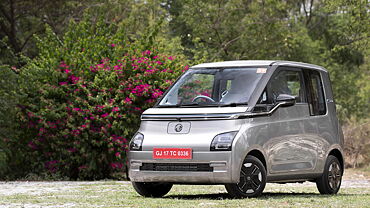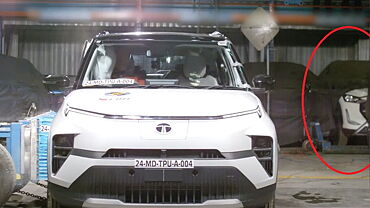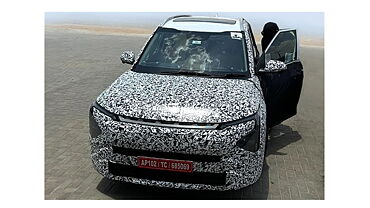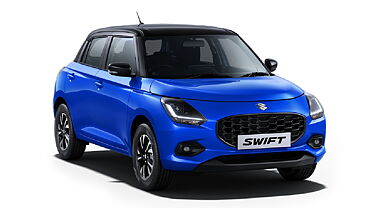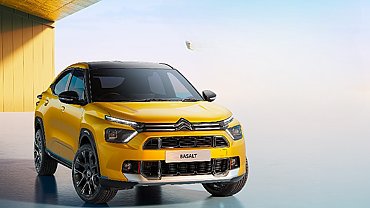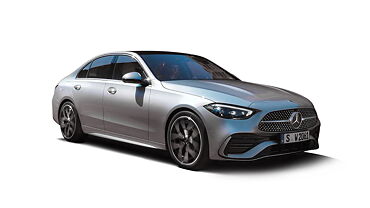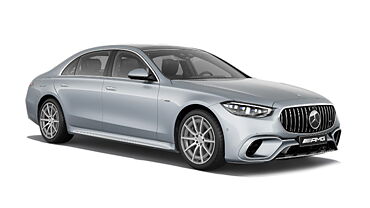Counted amongst Europe' biggest motorcycle manufacturers, KTM Power Sports AG is planning to develop a chain of new products with Bajaj Auto, with whom it has a strategic alliance. This move comes after the Austrian bike maker tasted immense success with the Pune-manufactured mini street motorcycle that is sold in Europe, KTM 125 Duke. In 2011, the two companies jointly developed the platform for this bike from the scratch.
"Together with Bajaj, KTM is consistently working on implementing a global product strategy. We have already developed new small-engine street motorcycles in response to the rising demand for small, agile bikes for the urban area," stated KTM in its annual report. This report also said, "In future, we would in particular like to attract customers in the emerging markets with this new product, since they will represent one of the most important growth drivers of KTM in the next few years.”
The two companies are planning two more platforms to develop new models in future. However, it is not clear which bikes will be produce on these platforms as of now. Both the companies are jointly developing a twin cylinder powertrain, which would be one-of-its-kind in the Indian two wheeler market's history. Though there is no clarity about the production of this powertrain, it is expected that the two companies will soon begin manufacturing it. With respect to other commercial bikes, the bikes with twin cylinders command a premium price.
Even though a twin cylinder powertrain delivers more power and ensures much better performance than a single cylinder engine, all motorcycles manufactured fully within the country house the latter technology. This is because high performance bikes are known for poor fuel efficiency figures and India still remains a cost conscious market where mileage is an important criterion for any vehicle.
Bajaj's Research and Development (R&D) centre, located in Akurdi district of Pune, is playing host to engineers of the two wheeler manufacturers, who are working on a motorcycle that runs on a 375 cc engine. If the bike ever witnesses the daylight, it will be the second most powerful engine on any bike after the famed 500 cc bikes of Royal Enfield.
Along with the Bajaj-KTM alliance, other bike manufacturers like Honda, Hero MotoCorp, Royal Enfield and Suzuki are also researching the potential of bikes with twin cylinder engines in the domestic market. Around 20 years ago, twin cylinder bikes were available in India, though they were pushed aside as cheaper Japanese bikes that delivered mileage took centerstage. Notably, the motorcycle segment of India has seen a rise in demand of performance-oriented bikes at the expense of fuel efficient bikes.
The small KTM 125 Duke was manufactured with a small powertrain of 125 cc, which rocketed the revenue and per unit sales of the European two wheeler giant as compared to previous year. The 125 cc Duke was designed and developed at Bajaj's production plant in Chakan district near Pune, Maharashtra. The second largest two wheeler manufacturer of India owns a stake of more than 47 per cent in the Austrian company.
In 2012, the Pune-based Bajaj Auto launched the higher capacity version of the 125 Duke in India, after replacing the 125 cc powertrain with a 200 cc one. The bike was priced at Rs. 1,17,000 in Delhi (Ex-showroom Price). KTM has set itself a sales target of 20,000 units for the Indian market. The two partners are also looking towards Asian nations like Malaysia and Indonesia in order to promote joint expansion as well as common distribution.
Bajaj Auto has already unveiled its new Pulsar 200 NS, which runs on the technology that powers KTM Duke 200. The manufacturer also plans to utilise the Austrian partner's technological prowess to develop the bigger and more powerful Pulsar that is scheduled to be launched in 2013.
